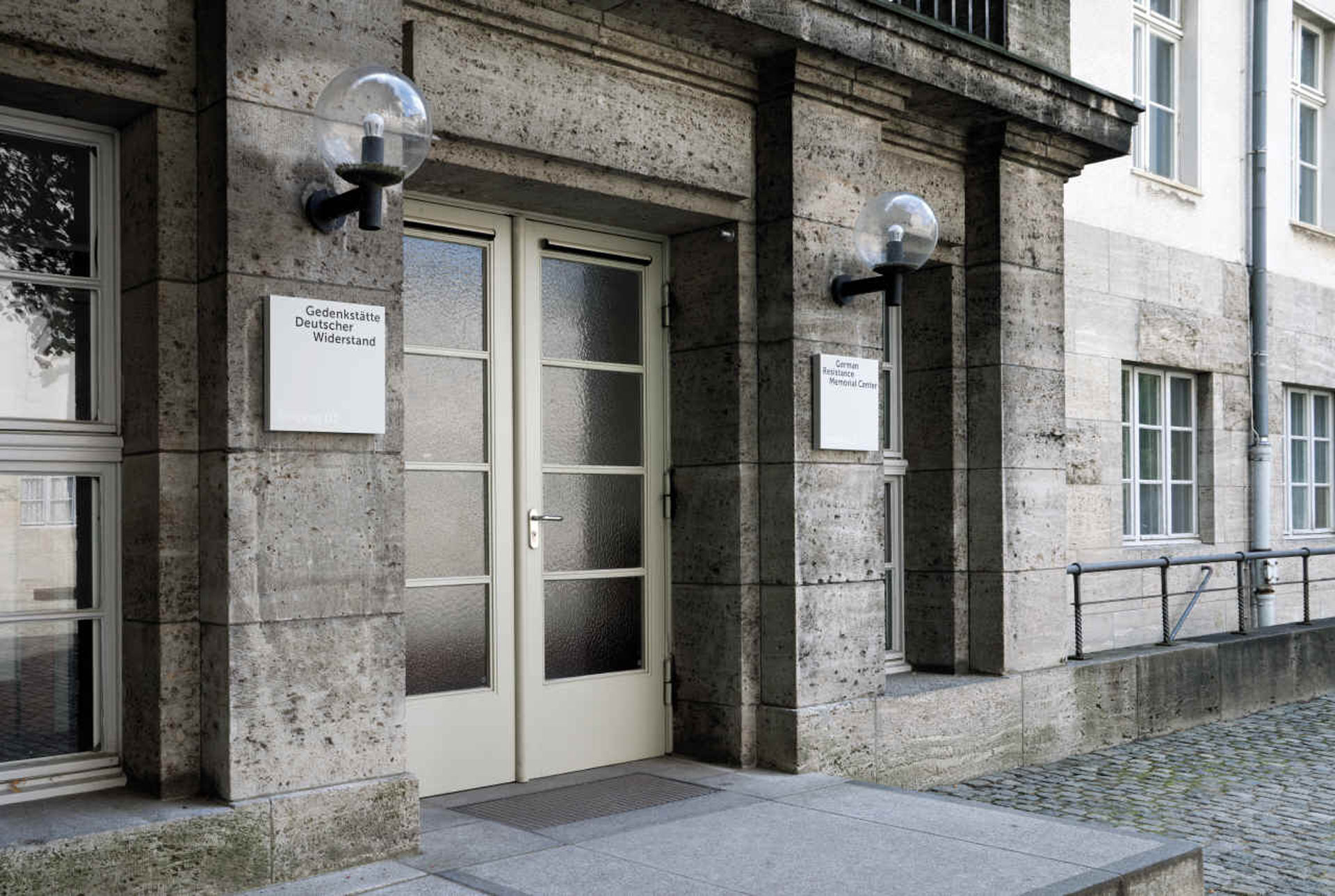Twice a bomb – assassination attempts on Adolf Hitler
Adolf Hitler survived several assassination attempts on his life. They were carried out by a few brave individuals who wanted to overthrow the National Socialist system. Two of those who tried to kill Hitler could not be more different:
Georg Elser, a worker who voted for the KPD. A lone fighter. He decided to carry out the attack because of the invasion of Poland, which marked the beginning of the Second World War. On 8 November 1939, Adolf Hitler spoke to the “old fighters” of the NSDAP at the Bürgerbräukeller in Munich. Unexpectedly he left early and thus avoided a bomb planted by Georg Elser. The gallery of the hall was completely destroyed and eight people were killed. Elser was caught on the run, deported to Sachsenhausen concentration camp and shot in Dachau on 9 April 1945.
Claus Schenk Graf von Stauffenberg, initially a supporter of National Socialism and a high-ranking officer in the Wehrmacht. During the Second World War, he changed his mind and became a central figure in a network of military and political strategists planning a coup. On 20 July 1944, he planted an explosive device in the Führer’s headquarters, the “Wolfsschanze”. Hitler was slightly injured and four people died. The conspiraton was discovered and more than 200 people were executed, including senior military officers, police and politicians. Stauffenberg managed to escape but was shot in the Bendlerblock in Berlin, on the night of 21 July 1944.
Georg Elser’s family was kept in the dark about his fate after the war, while false rumours circulated that he had collaborated with the Nazis. Elser was also considered a “terrorist” who had killed innocent people. It was only in the 1980s that commemorative initiatives began to remember him and his assassination attempt. A travelling exhibition about Georg Elser was created in 2009.
Colonel von Stauffenberg and his comrades-in-arms were labelled “traitors” until the post-war period. In the 1950s, they were transformed into “heroes” – in Western Germany. On 20 July 1952, Stauffenberg and others were commemorated for the first time at the site of the execution, and the foundation stone for a memorial was laid. In 1967, the Berlin Senate decided to build a memorial on the site, which was inaugurated in July 1968. For a long time there was no commemoration of “20 July 1944” in the GDR. Those involved were classified as “reactionaries” who had tried to save German “imperialism”. Only in the 1980s did this image change.
Today, the German Resistance Memorial is located on site at Stauffenbergstraße 13-14. It commemorates and provides information about a broad spectrum of forms of resistance and actions, including the assassination attempt by Georg Elser.
Dagmar Lieske


